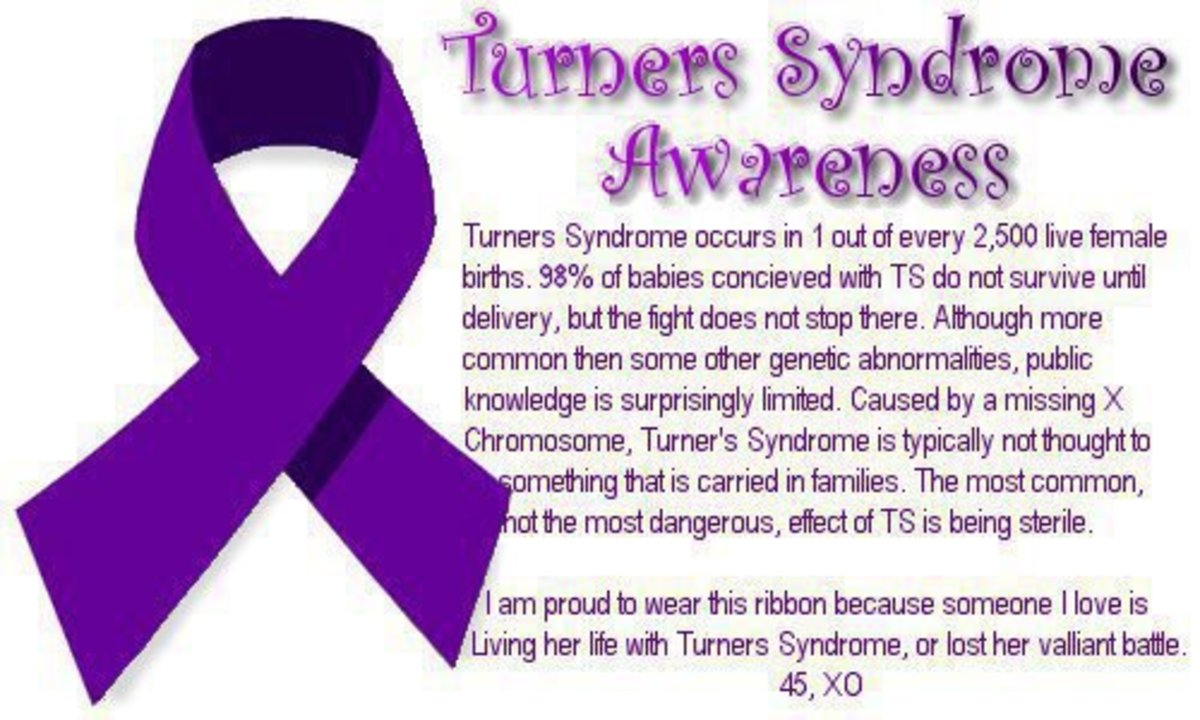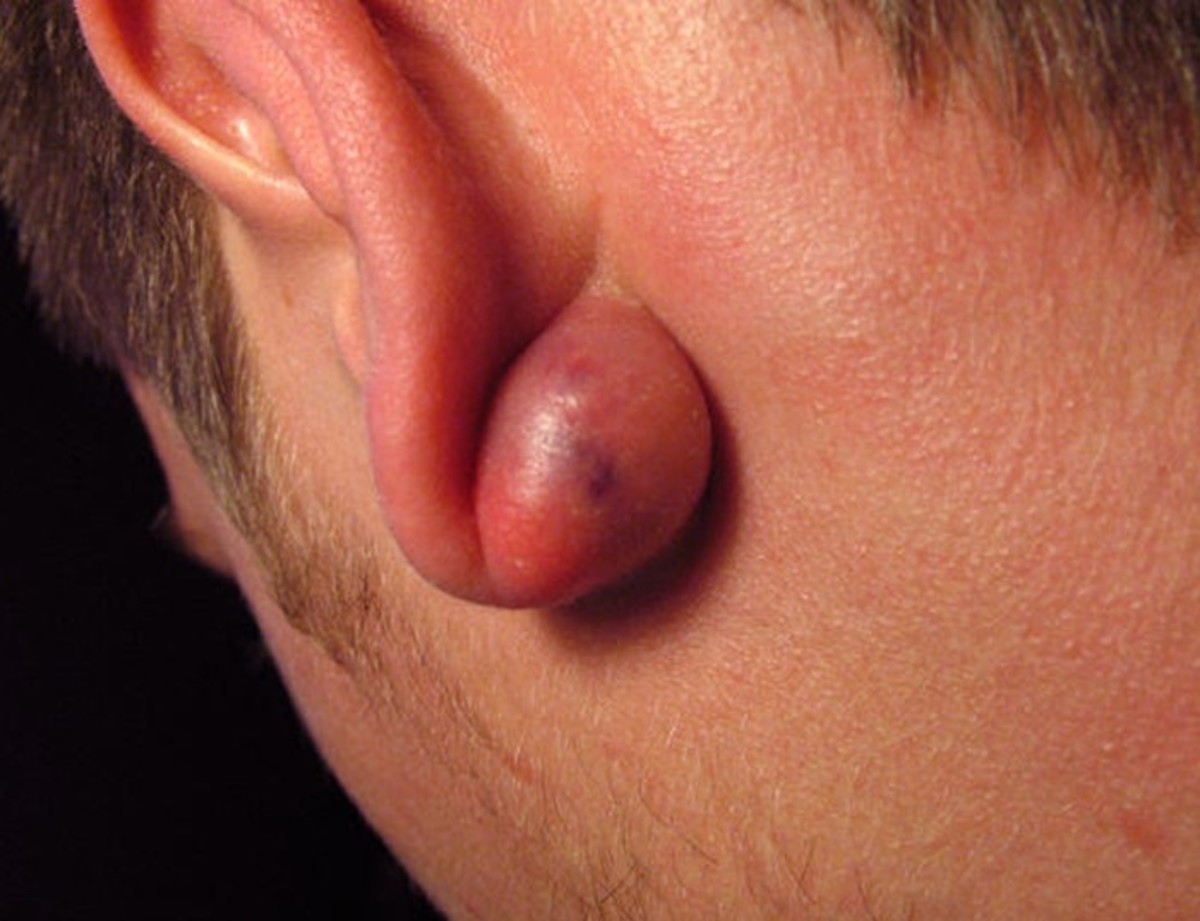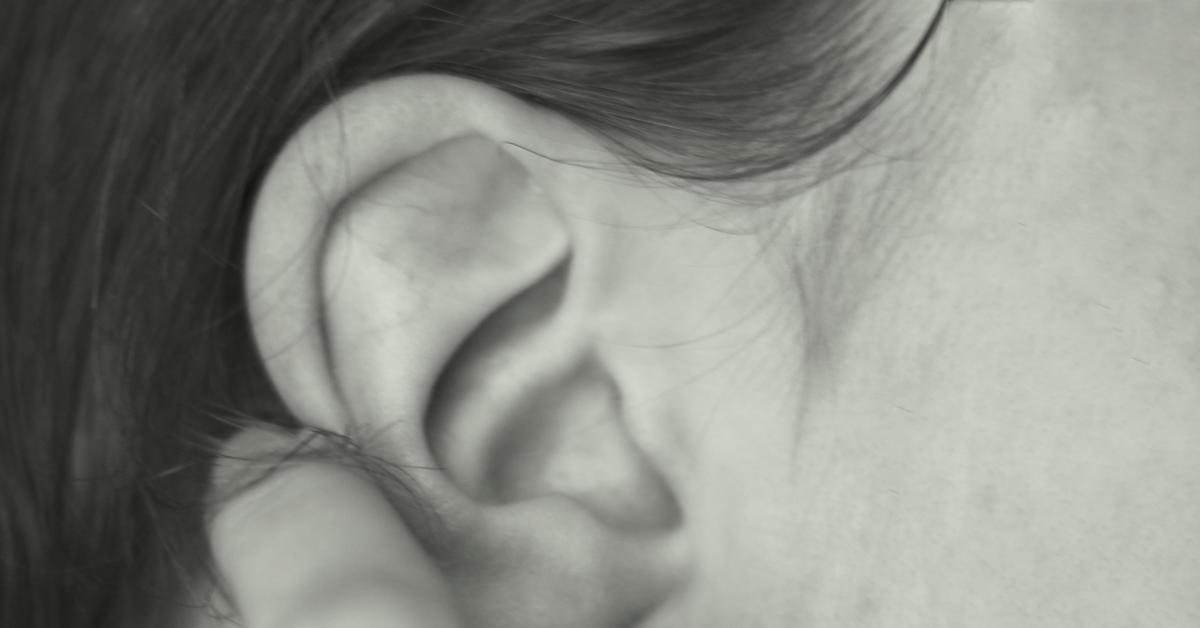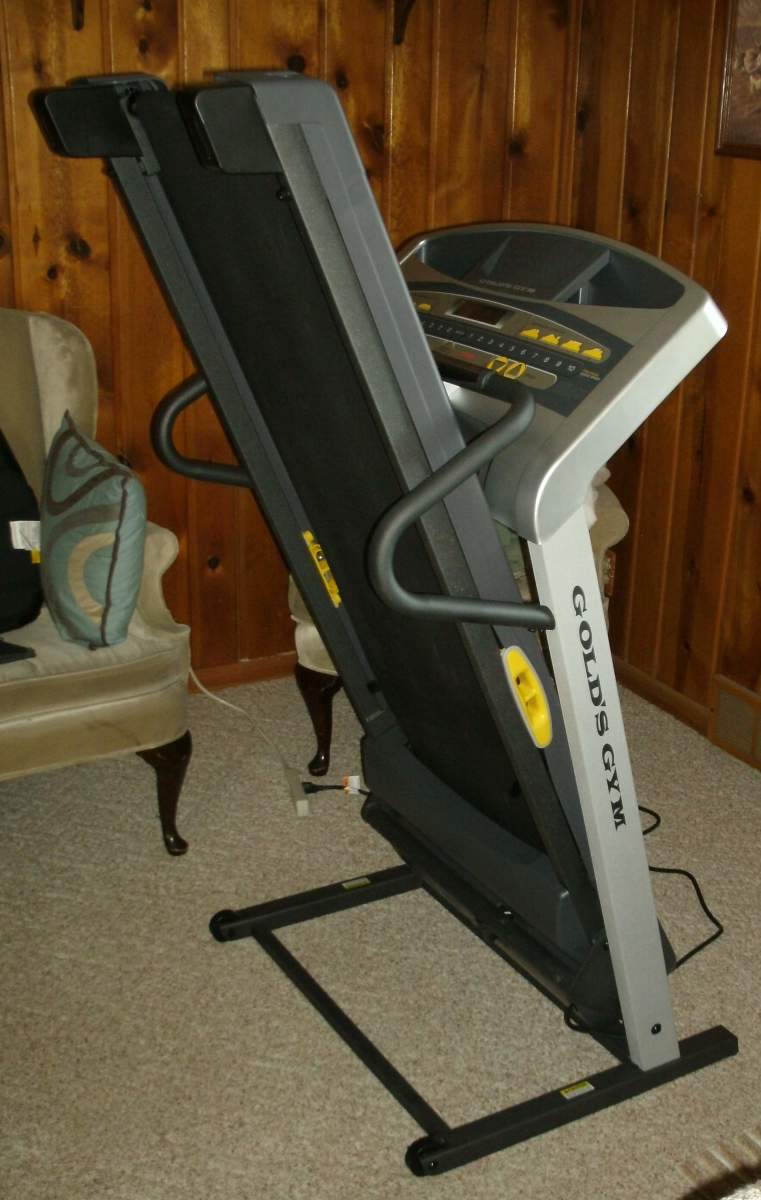Obesity-Causes and Treatments
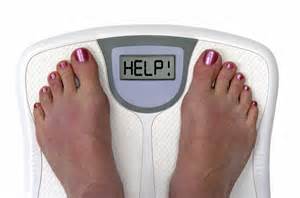
Introduction
Obesity is a condition where there is an excessively high proportion of body fat [1]. For healthy women, 25 percent of body fat is acceptable whereas for males it is 17 percent [1]. This is because women's bodies are designed to carry more fat tissue to ensure that there is pleny of fuel for pregnancy and nursing even when food is scarce [1]. This condition is increasingly becoming more prevalent especially in Western society. The body mass index is a guideline to indicate obesity and a body mass index above 30 is considered obese [1].
-
Serious health problem
-
Excessive abdominal fat
-
Increases body's resistance to insulin
-
Increases susceptibility to infection
-
Higher risk of developing coronary artery disease and other serious health problems that can cause premature death
-
Complications of pregnancy and liver damage are also more common in overweight individuals
-
Obese people suffer psychologically and physically due to society's pressures of equating beauty, intelligence and even success with thinness
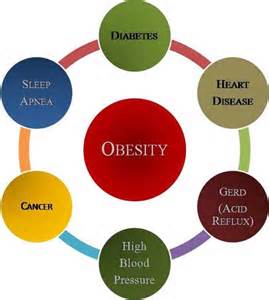
- Pokemon Go-Health Implications and Real Life Pros & Cons - YouTube
Please Like & Share My Video! And Subscribe to my channel Health&BeautySolutions for more interesting videos :) A video by Nat S. Here we take a look at Poke...
Causes/ Aetiology
-
Most commonly caused by poor diet or eating habits
-
Eating too many calories and lack of exercise
-
Factors that can lead to obesity include glandular malfunctions, diabetes, hypoglycemia, hyperinsulinemia
-
Obesity has also been linked to food sensitivities and allergies
-
Heredity influences (gene-related) which may be linked to certain ethnic backgrounds (this gene is more often present in North Africans and central Europeans)
Symptoms/Signs [1]
-
High body mass index above 30
-
High abdominal fat
-
Low muscle to fat ratio
-
Bloating and fluid retention
-
Low exercise tolerance
-
Lethargic or feels tired all the time
-
Depression or low mood
-
Fat
-
Increased health risks like diabetes, hypertension, arthritis, insulin resistance, fibromyalgia, breast cancer, heart disease, colon cancer, high blood fat and cholesterol levels, lower back pain, congenital defects in offspring, gallstones, medical complications with surgery, depression, sleep apnea, peripheral vascular disease, hormone (especially sex hormones) disorders, decreased aerobic fitness potential, polycystic ovary syndrome, infertility, kidney cancer, stroke, uterine cancer, social isolation
Diagnosis
-
Measurement of fat percentage (greater than 17% in males and 25% of body weight in females)
-
A body mass index of greater than 30
Case study
A man in his mid forties with a BMI of 36, non-smoker, leads a busy yet sedentary lifestyle, doesn't eat healthily and does little or no exercise. Suffers from sugar cravings and indigestion on occasion. Eats late at night and has difficulty sleeping.
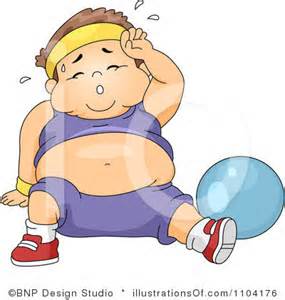
Treatments:
CONVENTIONAL [1, 2]]
-
There are many drugs like phentermine, sibutramine and orlistat that may be prescribed for obesity
-
Scientists are also studying hormones and other compounds in blood that regulate food intake such as ghrelin, leptin and adinopectin and hoping to come up with new generations of drugs to help fight obesity
DIET AND LIFESTYLE [1]
-
Consuming fewer calories than you burn in a day is the only way to lose weight however ensure one eats a variety of foods and the right types of foods
-
Eat more complex carbohydrates that also offer protein
-
A high protein diet comprising of 30% protein increases energy expenditure during sleep and wake, satiety, fat burning and ghrelin levels
-
Eat fresh fruits and plenty of raw vegetables like low calorie vegetables such as broccoli, cabbage, carrots, cauliflower, celery, cucumbers, green beans, kale, lettuce, onions, radishes, spinach and turnips. Low carbohydrate fruits include apples, cantaloupe, grapefruit, strawberries and watermelon
-
Eat foods raw if possible. If foods are heated, they should be baked, steamed, broiled or boiled instead of fried or greasy foods
-
Eat smaller and more frequent healthy nutritious meals
-
Drink alcoholic beverages in moderation as alcohol provides lots of calories but few nutrients
-
Limit intake of foods and beverages containing added sugar. Exercise caution with so-called fat free and low fat foods as these foods are not calorie free and are often high in sugar
-
Try a mediterranean diet which is high in fish, wholegrains, fruits, nuts, vegetables and olive oil. This diet is also low in meat, dairy products and polyunsaturated fat
-
Focus on eating low glycemic load foods which include any meat, fish or poultry, fats in reasonable amounts, low fat dairy products, fruits and non starchy vegetables. Anything with grain or rice in it can increase blood sugar and insulin levels. Low glycemic load diets help people to weigh less, have decreased risk of heart disease, diabetes, fatty liver and cancers. For example don't eat a baked potato with the same meal as another starchy vegetable like corn
-
Avoid eating before bedtime and during the night. Night eaters tend to have low melatonin levels so supplemental melatonin may help
-
Use wheatgrass to calm the appetite as well as being a very nutritious whole food source
-
Use powdered barley malt sweetener instead of sugar
-
Increase fiber intake as this not only helps with filling up the stomach and thus decrease hunger, it decreases the absorption of excess nutrients and change your body's hormones so that your body feels full naturally. Try guar gum or psyllium husks
-
Exercise regularly (aerobic exercise)
-
Find out the cause of your cravings. A craving for salt, chocolate or sugar may indicate an underlying condition such as mineral deficiency, food allergy, hypoglycemia or hypothyroidism
-
Frequent bloating and water retention may be caused by excess insulin production which makes it almost impossible to burn fat. Try to decrease carbohydrate intake and increase protein and healthy fat consumption. Excess sodium intake can also cause sodium retention
-
Adopt a healthier and more active lifestyle
-
People who have a high ratio of muscle to fat will have a higher metabolic rate than those that don't. This is because it takes more calories to maintain muscle than fat tissue.
-
Calories derived from fat are more readily converted into body fat than calories from other sources. Only 3% of fat calories are burned in the digestive process whereas 25 % of calories from complex carbohydrates (fruits, vegetables and wholegrains) are burned during digestion
-
Gamma linoleic acid, an omega 6 fatty acid, has been shown to stimulate the body's metabolic ability to burn fat. This ingredient is found in blackcurrant seed oil, flaxseed and evening primrose oil, helps to control the metabolism of fats. In particular, it mobilizes the metabolically active fat called brown adipose tissue
HERBS AND SUPPLEMENTS [1]
-
Chromium picollinate 200 to 400mcg daily; helps control sugar cravings
-
Lecithin granules 1 tablespoon three times daily before meals; fat emulsifier that helps break down fats and increase elimination
-
Calcium 1500mg daily (involved in activation of lipase, an enzyme that breaks down fats for utilization by the body)
-
Coenzyme Q10 to increase energy levels and promote healthy muscle and cardiovascular health
-
Kelp 1000mg to 1500mg daily (contains balanced minerals and iodine, aids in weight loss)
-
Spirulina, as directed on label three times daily taken between meals (excellent sources of usable protein. Contains needed nutrients and stabilizes blood sugar. Can replace a meal)
-
Vitamin C with bioflavonoids 3000 to 6000mg daily, necessary for normal glandular function. Speeds up a slow metabolism and prompts it to burn more calories
-
L-Carnitine 500mg daily helps break up fat deposits and aids in weight loss by giving you more energy
-
Gamma-amino-butyric acid taken as directed on the label, suppresses cravings and has antidepressant qualities
-
L-glutamine taken as directed on the label, helps lessen carbohydrate cravings
-
L-methionine taken as directed on label, assists in breakdown of fat
-
L-arginine and L-ornithine plus l-lysine t00mg of each taken before bedtime on an empty stomach with water or juice (do not take with milk), taken with 50mg Vitamin B6 and 100mg Vitamin C for better absorption, these amino acids decrease body fat
-
DHEA (dehyxroepiandrosterone), take as directed on label, inhibits enzyme that is involved in fat production
-
L-tyrosine taken as directed on the label at bedtime, suppresses cravings and has antidepressant qualities
-
Pyruvate, take as directed on label, promotes weight loss and may help reduce body fat
-
Taurine, take as directed on label, a building block for all other amino acids and helps in fat digestion
-
Zinc 80mg daily (not toexceed total of 100mg daily from all supplements), enhance effectiveness of insulin and boosts immune function
-
Copper 3mg daily, needed to balance with Zinc
-
Vitamin B complex, 50mg of each major B vitamin three times daily for proper digestion plus extra B2 (riboflavin) & Vitamin B3 (niacin) 50mg three times daily of each for efficiency of burning calories and the latter lessens sugar cravings. [Note: avoid niacin if you have a liver disorder, gout or nigh blood pressure]. Vitamin B6 50mg three times daily to boost metabolism and sublingual Vitamin B12 1000mcg three times daily needed for proper digestion and absorption and PABA (para-aminobenzoic acid) taken as directed on label to aid incarbohydrate and protein utilization
-
Aloe vera juice to help improve digestion and cleanses the digestive tract
-
Amla, an ayurvedic herb that helps to increase lean body mass and reduce fat
-
Astragalus to improve nutrient absorption and increases energy
-
Fenugreek useful to help dissolve fat within the liver
-
Guggul, an ancient ayurvedic herbal remedy to help normalize blood cholesterol and triglyceride levels, also mildly thyroid stimulating
-
Gymnema sylvestre, chromium piccolinate, l-glutamine and other nutrients can help control cravings especially sugar cravings
Prognosis
Prognosis is good so long as he adopts a healthier diet and lifestyle and engages in regular aerobic exercise and look at portion control, deal with his sugar cravings and eating the right types of foods. Maintenance is key to ensure his risks of developing chronic disease is minimised.
REFERENCES
1) Phyllis A. Balch, Prescription for nutritional healing, Fifth edition, Penguin publishing, New York 2010
2) Australian Medicines Handbook 2014, Pharmaceutical Society of Australia, Adelaide South Australia 5000


![NatureWise CLA 1250 - CLA Supplement with Conjugated Linoleic Acid for Women and Men, Non-Stimulating CLA, Supports Healthy Weight, Fitness Goals - non-GMO, Gluten Free - 180 Softgels[2-Month Supply]](https://m.media-amazon.com/images/I/41OgLFiMBrL._SL160_.jpg)



